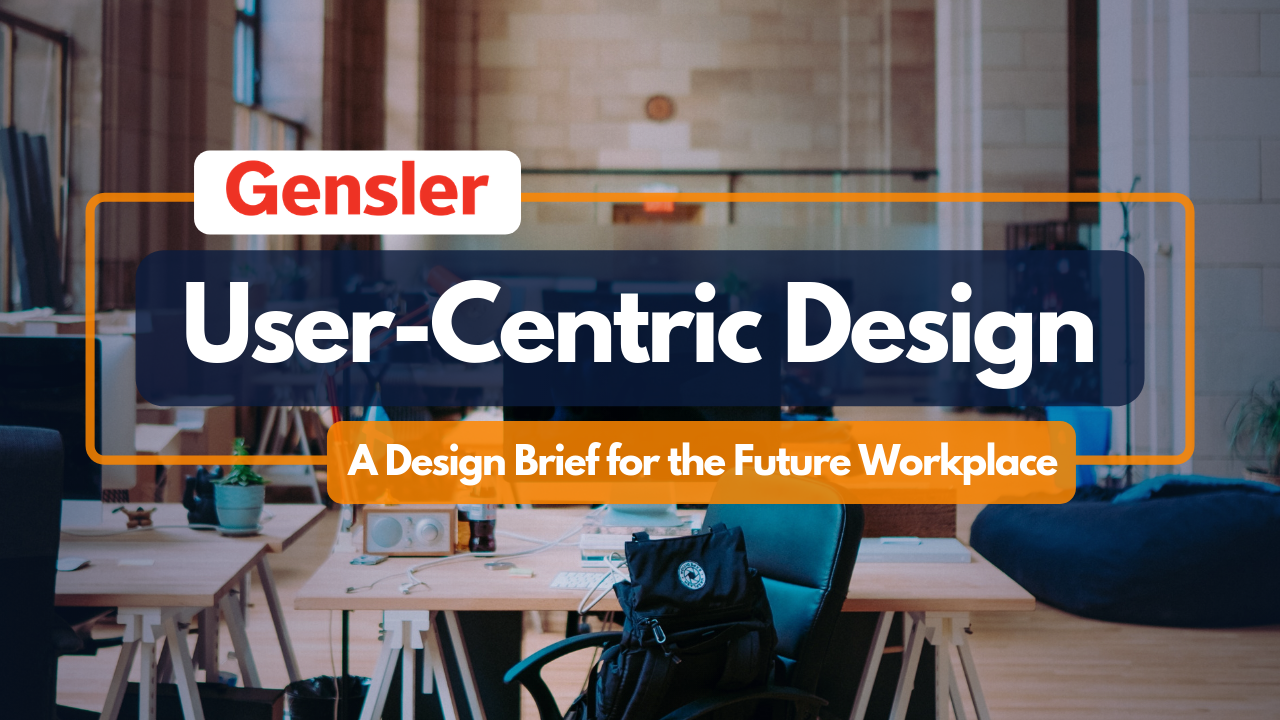- At WORKTECH19 in New York City, Gensler’s Hans Neubert discussed the next phase of workplace design.
- In all aspects of design, we should focus on how to give people tools, spaces and places where they can do their best work.
- Neubert reiterated that your aim must always be your end user. “Whatever your background is, back up and think about people first.”
(Part 2 of 2 – see Part 1 here)
Good design is transformative for company culture, individuals, and the way we do work, Hans Neubert, Digital Employee Experience, Gensler told 350 professionals from technology, real estate, facility management architecture and design at WORKTECH’19 in New York City.
Directing a digital team that’s been in existence a year and a half, the former chief creative officer of Frog Design and Huge Inc. likened technology for buildings today to the internet of 1996.
Looking Forward to Design Today
Neubert shared some trends to consider when designing for a workplace 10 or more years in the future.
- Shifting demographics. This encompasses Generation Z, an aging workforce, greater workplace diversity and rapid urbanization.
- Work supporting life. In a significant shift from considering work as a place to make money for one’s employer, Generation Z expects work is there to make life great again.
- The right to disconnect. Next generation networks will give 24-hour connectivity. However we should also spend time figuring out how to disconnect from work in the workplace rather than trying to connect more. The connection is going to happen anyway. So when designing for it, we should be thinking not just how we can make the workplace connect, but how we can make it a support system for people. The aim is to look at the whole person, not just the hours they are working for us.
- Changing role of technology. Technology isn’t there to bring us together but to give us access to each other, as opposed to putting us all in the same room. Technology may be the intelligence that underlies everything, but we should not lead with it. It should be invisible. People don’t want to walk into spaces where they are obliterated with huge LED screens anymore.
- Personal devices replacing workplace devices. Having numerous devices is becoming a nuisance.
- Next generation networks. The arrival of 5G will provide further power and mobility to the individual user.
- New workstyles. Today’s new graduates expect to do most of their work in teams. Other trends the media has identified include a 50/50 workforce, in which freelancers comprise half the human resources; sabbaticals every 10 years; and the 4 day workweek.
A Design Brief for the Future Workplace
Working with his team in 11 different regions of the world across 18 industries and 150 projects at a time, Neubert noticed three underlying themes associated with transformative design.
1. Design for autonomy
While it is true that Generation Z expects most of their work to be team-based, Neubert warns against the pendulum swinging too far the other way. “It’s thinking about autonomy as a way to give people tools, spaces and places where they can do their best work. And that does not mean that we need more meeting rooms and digital conferences. It means finding a healthy balance between the two.“
2. Design for adaptation
“We are designing spaces for a three, four, six year time span,” Neubert related. In that time an entire new generation of workers will potentially be joining you using technology that doesn’t currently exist.
“The one way we’re going to make progress on smart cities and smart buildings is by incrementally building. Not designing a whole new city. Not waiting for a building to be net zero. But actually doing the small things. And that to me is adaptation: move faster, roll out things quicker.
“With that flexibility, learn from the data how we actually improve the service and make operations and design more agile. By doing that we become more resilient to the changes coming.”
3. Design for culture
Culture should not be mistaken with brand. Culture also goes beyond identity and purpose, related Neubert. “It’s really also understanding your culture.”
“When you’re a small firm, it’s easy to know that because you’re connected to everybody. It’s the old Dunbar principal, that after 150 everything falls apart a bit.”
In larger organizations, Neubert advises spending more time with your feet on the ground doing good old quality research to figure out how your employees really feel about something.
Overview
And that ultimately leads to a simple overview.
“When it comes to programming space, I believe all the things we do on a daily basis, from productivity, engagement, learning and community are important.
“But if you look at autonomy as a driver; if you look at adaptation as a driver; if you look at culture as a driver, you’re more likely to actually create something unique.”
Neubert reiterated the importance of setting the context and knowing who we’re designing for and understanding the impetus of the work.
“When thinking about the work that we do, let’s think about all the inputs. Not just square footage, technology, material finishes, or whatever it is. Whatever your background is, back up and think about people first.”


 Dr. Gleb Tsipursky – The Office Whisperer
Dr. Gleb Tsipursky – The Office Whisperer Nirit Cohen – WorkFutures
Nirit Cohen – WorkFutures Angela Howard – Culture Expert
Angela Howard – Culture Expert Drew Jones – Design & Innovation
Drew Jones – Design & Innovation Jonathan Price – CRE & Flex Expert
Jonathan Price – CRE & Flex Expert












